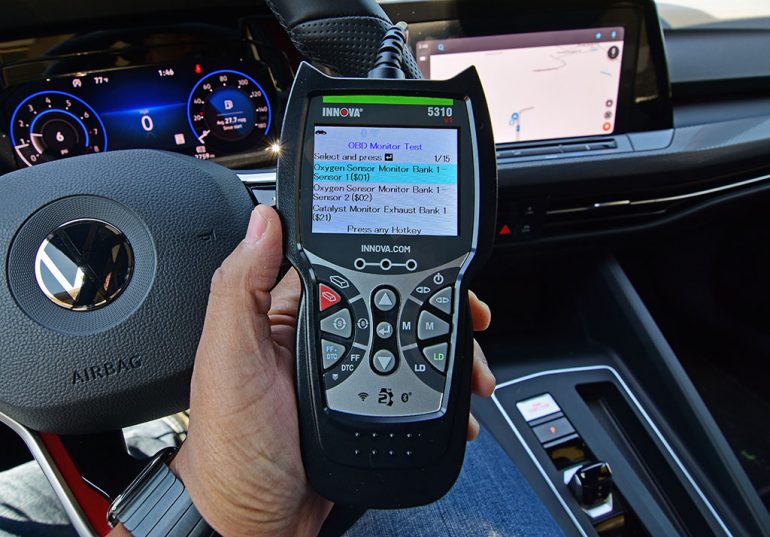
The landscape of electric vehicles (EVs) is set to undergo a significant transformation in 2026 with the introduction of an industry-standard diagnostic system. Currently, EVs lack a uniform onboard diagnostic (OBD) system, leading to challenges for both consumers and service technicians. The absence of a standardized diagnostic system has been particularly evident in many cases, which may face recurring issues, including instances of “bricking,” or no longer being able to operate correctly.
Without a consistent diagnostic system, service technicians struggle to identify and address problems effectively. This lack of standardization has contributed to a decline in dealership service satisfaction, as indicated by the 2023 J.D. Power U.S. Customer Service Index Study.
Also, don’t forget that you can get discounted new car pricing with a free quote through qualified local dealer partners.
However, change is on the horizon. California, a pioneer in environmental regulations, is at the forefront of implementing a standardized EV diagnostic system. The state’s Advanced Clean Cars II program mandates the inclusion of a standard diagnostic system in all 2026 model vehicles. This regulation is poised to become the benchmark for EV diagnostics, as seven of the 17 states following California’s emissions rules have already adopted the Advanced Clean Cars II regulations.
The standardized diagnostic system, as outlined in California’s legislation and SAE International document J1979-3, will cover various components critical to an EV’s functionality. This includes the propulsion system, battery pack, power electronics, charging system, and thermal systems. The goal is to create a comprehensive diagnostic framework that ensures the efficient monitoring of EVs’ health.
Automakers are now assessing the engineering and software resources required to comply with these upcoming regulations. Stellantis’ head of global powertrain, Micky Bly, acknowledges the challenge but expresses confidence in leveraging the company’s experience in solving onboard diagnostic problems. General Motors, in a statement, emphasizes its commitment to approaching EV diagnostics in a manner consistent with combustion engine vehicles.
While established automakers may navigate this transition with their experience and resources, startup companies face additional hurdles. The lack of deep pockets and experienced engineers makes it particularly challenging for new entrants to adapt to the evolving standards.
The move towards standardization is a crucial step for the EV industry. It aims to eliminate the current “wild, wild West” situation where each EV maker uses a different diagnostic system. This lack of uniformity not only complicates the repair process but also hinders the development of a standard set of tests for identifying issues.
The transition to a standardized EV diagnostic system mirrors the evolution seen in gasoline- and diesel-powered vehicles with the implementation of onboard diagnostic system II (OBD II). This system has proven effective in quickly identifying and resolving issues in internal combustion engine vehicles, providing a blueprint for the forthcoming EV standards.
As the industry prepares for this shift, some EV manufacturers, such as Rivian and Lucid, already incorporate elements of the 2026 diagnostic system in their current models. This proactive approach demonstrates a commitment to meeting evolving standards and supporting initiatives like right-to-repair.
Source: Automotive News (subscription required)